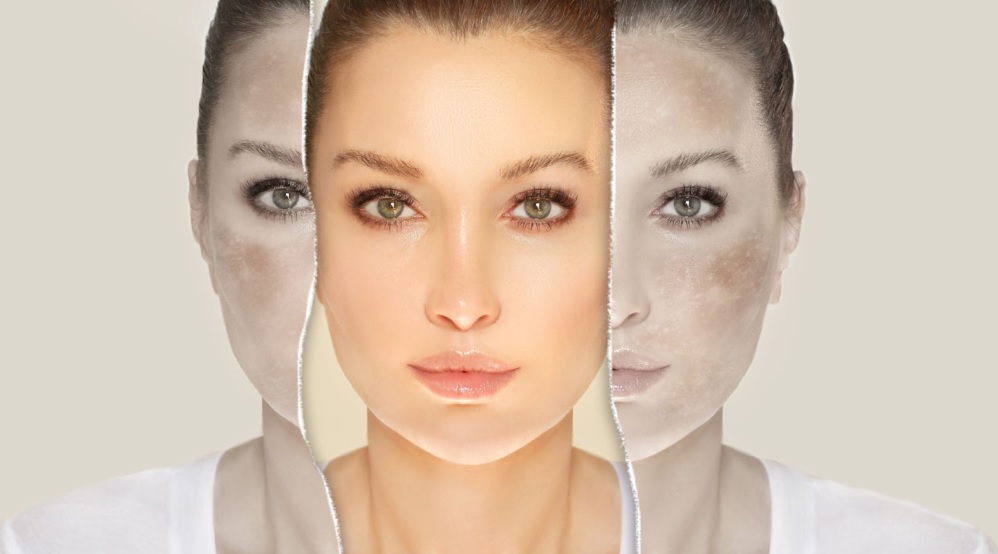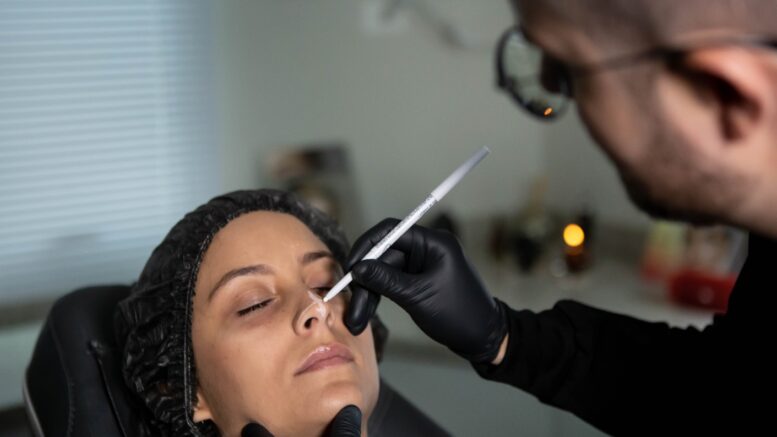Dermal fillers Malaysia have become increasingly popular in recent years as a non-surgical option for addressing signs of aging, such as wrinkles and loss of volume. These injectable treatments can provide immediate results with little to no downtime, making them an attractive option for those looking to enhance their appearance. In this article, we’ll explore what you need to know about dermal fillers before and after treatment.
What are Dermal Fillers?
Dermal fillers are injectable treatments that are used to restore volume to the face, smooth out wrinkles, and enhance facial features. They are typically made from hyaluronic acid, a substance that occurs naturally in the body and helps to keep the skin hydrated and plump. Other types of dermal fillers include those made from calcium hydroxylapatite and poly-L-lactic acid.
Before Treatment
Before undergoing dermal filler treatment, it’s important to schedule a consultation with a qualified provider. During this consultation, you’ll discuss your goals for treatment and the areas you’d like to address. Your provider will also evaluate your skin and make recommendations for the best type of filler to use.
It’s important to avoid blood-thinning medications such as aspirin and ibuprofen for at least a week before your treatment, as these can increase the risk of bruising. You should also avoid alcohol and smoking, as these can dehydrate the skin and make it more difficult to achieve optimal results.
The Treatment Process
The dermal filler treatment process typically takes less than an hour to complete. Your provider will clean the area to be treated and may apply a topical numbing cream to minimize discomfort. The filler will then be injected into the targeted areas using a fine needle or cannula.
After the injections are complete, your provider may massage the treated areas to ensure that the filler is evenly distributed. You’ll be able to see the results immediately, although there may be some swelling and bruising that will subside over the next few days.

After Treatment
After your dermal filler treatment, it’s important to follow your provider’s instructions for aftercare. You may be advised to avoid strenuous exercise, sun exposure, and alcohol for a few days after treatment. You should also avoid touching or rubbing the treated areas, as this can cause the filler to shift.
It’s normal to experience some swelling and bruising after dermal filler treatment, but these symptoms should subside within a few days. You can apply ice packs to the treated areas to help reduce swelling and discomfort.
How Long Do Dermal Fillers Last?
The longevity of dermal fillers varies depending on the type of filler used and the area treated. Hyaluronic acid fillers typically last between 6-12 months, while calcium hydroxylapatite fillers can last up to 18 months. Poly-L-lactic acid fillers can last up to 2 years.
Possible Side Effects
Like any cosmetic treatment, dermal fillers come with some potential side effects. These can include swelling, bruising, redness, itching, and tenderness at the injection site. In rare cases, more serious side effects such as infection or allergic reaction may occur.
It’s important to choose a qualified provider who has experience with dermal fillers to minimize the risk of complications. Your provider should also discuss the potential risks and benefits of treatment with you before you undergo any injections.
Who is a Good Candidate for Dermal Fillers?
Dermal fillers are a good option for anyone looking to address signs of aging such as wrinkles or loss of volume. They can also be used to enhance facial features such as the lips or cheeks. However, not everyone is a good candidate for dermal fillers.
If you have a history of severe allergies or anaphylaxis, you may not be a good candidate for dermal fillers. You should also avoid dermal fillers if you are pregnant or breastfeeding.
Cost of Dermal Fillers
The cost of dermal fillers varies depending on the type of filler used and the area treated. In general, hyaluronic acid fillers are less expensive than other types of fillers. The cost can range from a few hundred to several thousand dollars per treatment.
It’s important to keep in mind that dermal fillers are considered a cosmetic treatment and are not typically covered by insurance. However, many providers offer financing options to make treatment more affordable.
How to Prepare for Dermal Fillers
Filler Malaysia is a popular cosmetic treatment that can help to reduce the appearance of wrinkles and fine lines, restore volume to the face, and enhance facial features. If you’re considering getting dermal fillers, it’s important to know how to prepare for the treatment to ensure the best results possible. Here are some tips to help you get ready for your dermal filler appointment.

Consult with a Qualified Provider
The first step in preparing for dermal fillers is to consult with a qualified provider. Look for a licensed and experienced provider who specializes in dermal fillers. During your consultation, your provider will evaluate your skin and discuss your goals for the treatment. They will also explain the different types of fillers available and recommend the best option for your needs. Be sure to ask any questions you have about the treatment and follow any pre-treatment instructions provided by your provider.
Prepare Your Skin
To ensure the best results from your dermal filler treatment, it’s important to prepare your skin beforehand. Avoid using any harsh skincare products or treatments, such as chemical peels or microdermabrasion, for at least a week before your appointment. These treatments can irritate the skin and make it more sensitive to the filler injection. You should also avoid taking any blood-thinning medications, such as aspirin or ibuprofen, for at least a week before your appointment to reduce the risk of bruising.
Plan for Recovery Time
While dermal fillers are a minimally invasive treatment, there is still some recovery time involved. You may experience swelling, bruising, or redness at the injection site for a few days after the treatment. It’s important to plan for this recovery time and avoid any strenuous activities or exercise for at least 24 hours after the treatment. You should also avoid touching or rubbing the injection site and avoid exposure to direct sunlight or heat for a few days.
Conclusion
Dermal fillers can be an effective way to address signs of aging and enhance facial features. Before undergoing treatment, it’s important to schedule a consultation with a qualified provider and discuss your goals for treatment. After treatment, it’s important to follow your provider’s instructions for aftercare to ensure optimal results. With proper care, dermal fillers can provide long-lasting results that help you look and feel your best.
